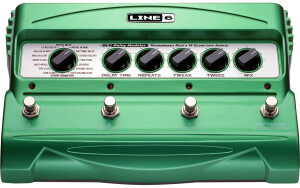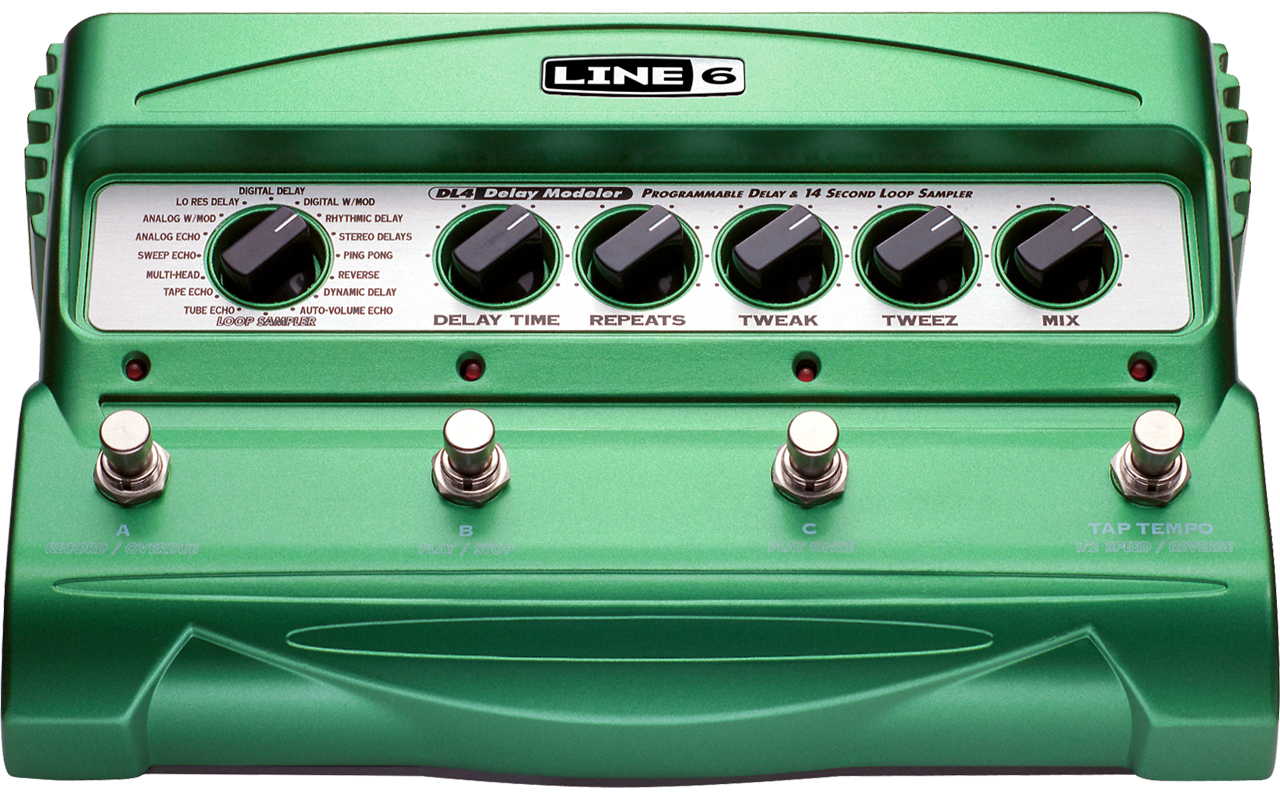Introduction
This tutorial will outline the traditional way to set up your guitar pedals. All the time I see players who have their pedals set up in any which way without any thought put into it and it affects their tone greatly! While this isn’t the only way this can be done and I would encourage experimentation, with this set up you will get the cleanest possible tone and this will allow each pedal to do what they are supposed to do on their own. Please keep in mind that this is a guideline!Step 1
The first thing that you should put at the beginning of your chain is your tuner. Most tuners have true bypass so while it really doesn’t matter where it goes, I like having mine at the beginning of the chain because I have a Boss TU-2 that powers the rest of my Boss pedals. Even if you have a different tuner like a Peterson Strobe tuner or a Planet Waves tuner, for the sake of organization it is a good idea to put it in the front of your chain.Step 2
The next thing that should come in the chain is any filtering effects you might have. This includes any wah-wah pedals or EQ. The reason that these go in front is because you want your signal to be EQed before it hits any of the effects, that way you aren’t EQing or filtering your signal with effects, but rather are doing so to the original signal. Of course if you want to do that it certainly has a different tone which can be cool sometimes!Step 3
Next in the chain would come your compression pedal. I rotate between a few different compression pedals but no matter if you have an MXR Dyna Comp or a Boss CS-3, putting your compressor here is crucial because you want to compress your signal before it hits any of your modulation, distortion, or reverb pedals. If you have your compression at the end of the chain with all of the effects before it, your tone will undoubtedly sound thin and muddy when you switch on the compression.Step 4
After your compression pedal should come any type of distortion or overdrive pedal. Having it after your compression but before modulation is crucial because it allows the overdrive to have its own shape before it hits any of the other effects. However, if you want a different type of overdrive, try experimenting with putting your distortion or overdrive pedal before the compression and see how it sounds! These steps are a guideline!Step 5
Up next comes any sort of modulation effect, which includes chorus, phaser, flanger, and tremolo. Amongst these effects they can really be placed in any order, but I like to put the pedals that I use the most from them at the beginning of the chain. This is probably the most subjective part of the chain as depending on what type of modulation effects you have, you can really place them in any order you like!Step 6
Lastly comes any type of reverb or delay pedals. The reason it is necessary to have these effects at the end is because you want these effects to trail off as much as possible and having them at the end of the chain allows them to do that. Unless you have a looping pedal, these must be the last in anyone’s set up. I have a Line 6 DL-4 that put at the very end of my signal because it both has delay and a looper on it and both of these must be at the end.Conclusion
There you have it – a guideline for the musician who has a ton of effects pedals like myself! While I would start off setting up your pedals in this way, please experiment with your pedals to see what will work best for you. Every player and pedal are different and it is just a matter of figuring out what works best for you and your style!Did you find this tutorial helpful?10
Be the first to post a comment about this tutorial











